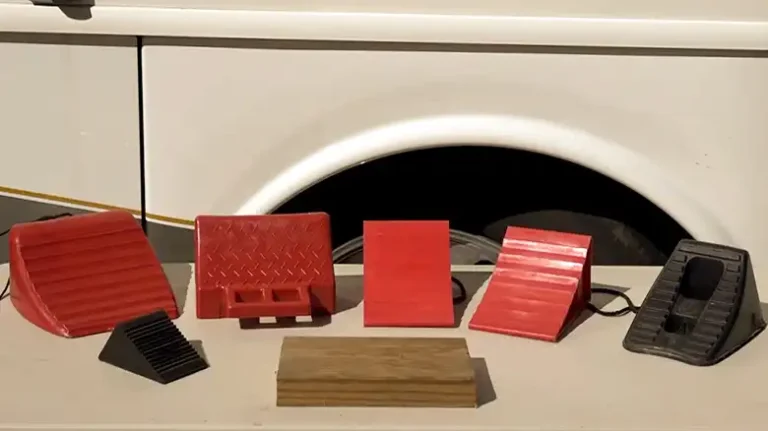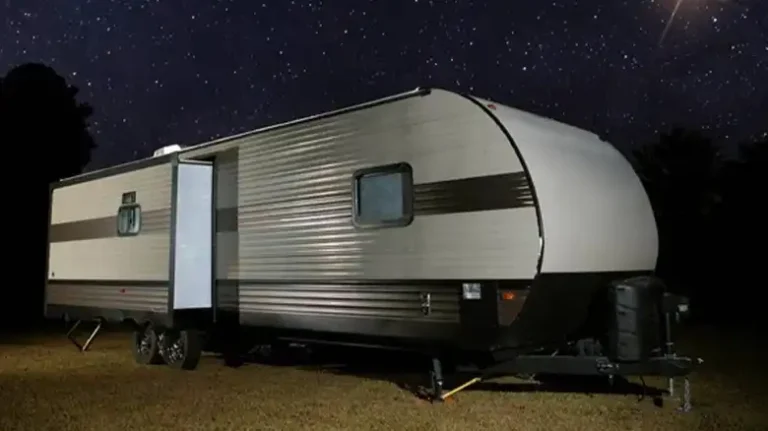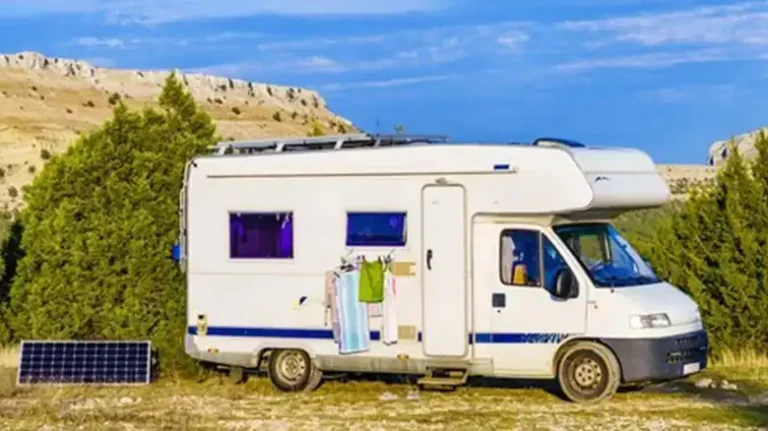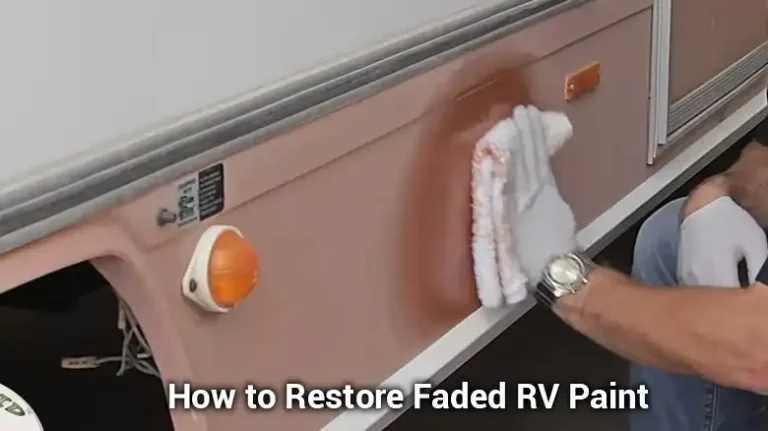Tripped Circuit Breaker Won’t Reset | What Did I Do?
As an avid RV enthusiast who has experienced my fair share of electrical issues on the road, I can attest to the frustration of encountering a tripped circuit breaker that stubbornly refuses to reset. Whether you’re a seasoned RV owner or a newbie, this article will guide you through the process of diagnosing and resolving this common but vexing problem.
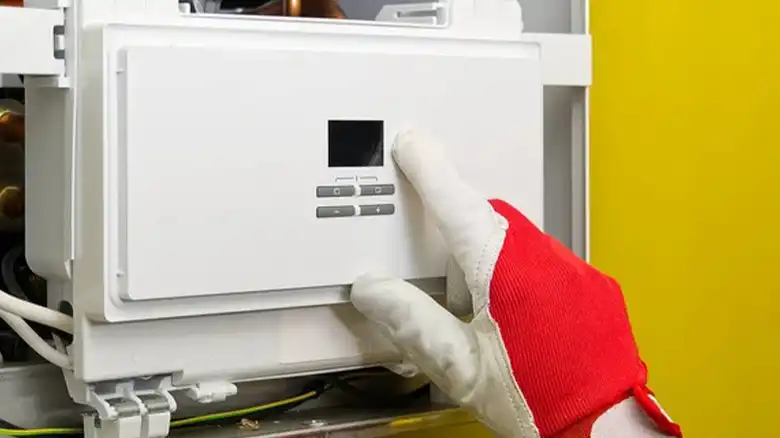
Understanding the Reset Issue on Circuit Breaker in Your RV
Before delving into the solutions, let’s first understand what happens when a circuit breaker trips in your RV. Circuit breakers are safety devices designed to protect your electrical system from overloads, short circuits, or ground faults. When an anomaly occurs, the breaker “trips” or switches to the off position, cutting off power to the affected circuit to prevent damage or fire hazards.
However, when a circuit breaker refuses to reset, it indicates that there is an underlying issue that needs attention. Here’s what to do:
Troubleshooting and Solutions
1. Identify the Problem Circuit
The first step is to determine which circuit has tripped. In an RV, this is usually denoted by labels or is known based on your electrical system setup. Common circuits include those for lighting, appliances, outlets, or air conditioning.
2. Disconnect the Load
The next logical step is to eliminate potential causes of the overload or short circuit. Turn off or unplug devices and appliances connected to the circuit in question. By reducing the load, you’ll prevent the breaker from immediately tripping again when you attempt to reset it.
3. Wait and Cool Down
If the circuit breaker has tripped due to overheating, it may need some time to cool down. After turning off the load and disconnecting devices, give it a few minutes before attempting to reset it. This can often resolve the issue.
4. Reset the Circuit Breaker
Now, it’s time to reset the circuit breaker. Flip the switch from the “off” position to the “on” position. This may require a firm push as it clicks back into place. Be cautious, though; if the breaker still refuses to reset, there might be an underlying issue:
a. Mechanical Issues
In some cases, the breaker switch itself may be damaged, worn out, or misaligned. If this is the problem, replacing the breaker may be the solution.
b. Short Circuit or Ground Fault
If the circuit continues to trip immediately after resetting, there’s likely a short circuit or ground fault in your RV’s electrical system. This is a more complex issue and should be addressed by a qualified electrician.
c. Faulty Breaker
Sometimes, the breaker itself could be the problem. It might be malfunctioning. If you suspect this, it’s best to consult an electrician for a professional evaluation and potential replacement.
5. Gradually Reintroduce the Load
Assuming you’ve successfully reset the breaker, it’s essential to reintroduce the load gradually. Turn on your devices and appliances one by one to identify any potential issues. If the breaker trips again, you’ll need to investigate the specific device or wiring causing the problem.
Here’s a table containing everything that I have discussed above in a short manner:
| Reason for Tripped Circuit Breaker | Possible Fixes |
|---|---|
| Overloading | 1. Disconnect load by turning off or unplugging devices.<br>2. Gradually reintroduce the load, avoiding high-wattage devices simultaneously. |
| Short Circuit | 1. Inspect wiring and outlets for visible damage or exposed wires.<br>2. If you find damaged wiring, repair or replace it.<br>3. Consult an electrician for professional help. |
| Ground Fault | 1. Examine the wiring and outlets for visible damage or signs of a ground fault.<br>2. Repair or replace damaged wiring.<br>3. Consult an electrician for a thorough diagnosis. |
| Breaker Overheating | 1. Wait a few minutes to let the breaker cool down.<br>2. Attempt to reset the breaker after cooling. |
| Mechanical Issues | 1. If the breaker switch is damaged or misaligned, consider replacing it. |
| Faulty Breaker | 1. If the breaker itself is faulty, consult an electrician for a professional evaluation and possible replacement. |
Pro Tips to Prevent Future Trips
Nobody wants to experience a tripped circuit breaker, especially when you’re out on the road in your RV. Here are some pro tips to help you prevent this annoyance in the future:
1. Know Your RV’s Electrical System
Understanding your RV’s electrical system is crucial. Make sure you know which circuits power what, and be aware of the total load each circuit can handle. This knowledge will help you avoid overloading.
2. Use Surge Protectors
Invest in surge protectors and voltage regulators for your RV. These devices can safeguard your electrical system against voltage spikes and surges, which can lead to circuit overloads.
3. Inspect and Maintain Regularly
Inspect your RV’s electrical system regularly. Look for any visible damage to wiring, outlets, and the breaker box. Preventive maintenance can save you from unexpected problems.
4. Load Management
Practice load management by not using high-wattage appliances simultaneously. Avoid plugging in too many devices to a single outlet, as this can lead to overloads.
5. Educate Your Fellow Travelers
If you’re traveling with others in your RV, make sure they understand the electrical system and the importance of being mindful of their energy usage.
Other Common Questions
Q 1: Can I reset a circuit breaker in an RV just like in a house?
Ans: Yes, the process is similar. Locate the tripped breaker, turn it off, and then firmly switch it back to the “on” position.
Q 2: What should I do if the breaker keeps tripping even after I’ve unplugged all devices?
Ans: If this happens, there may be a short circuit or ground fault. It’s best to consult a professional electrician for further diagnosis and repair.
Q 3: How can I tell if the breaker is faulty and needs replacement?
Ans: If the breaker continues to trip, even after addressing potential overload issues and allowing it to cool down, it could be a faulty breaker. Consult an electrician for an expert evaluation.
Q 4: Can I reset a breaker without turning off all the appliances and devices first?
Ans: It’s best practice to turn off or unplug devices on the circuit before resetting the breaker. This reduces the risk of the breaker immediately tripping again.
Wrapping it Up
Experiencing a tripped circuit breaker in your RV can be frustrating, but armed with the knowledge to troubleshoot and the preventive measures to avoid it, you can handle the situation with confidence. Remember that safety always comes first, and if you’re ever uncertain about any electrical issue in your RV, don’t hesitate to seek professional help. Happy and safe travels!


